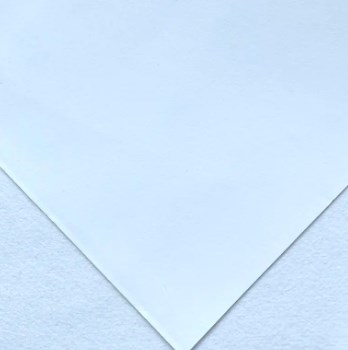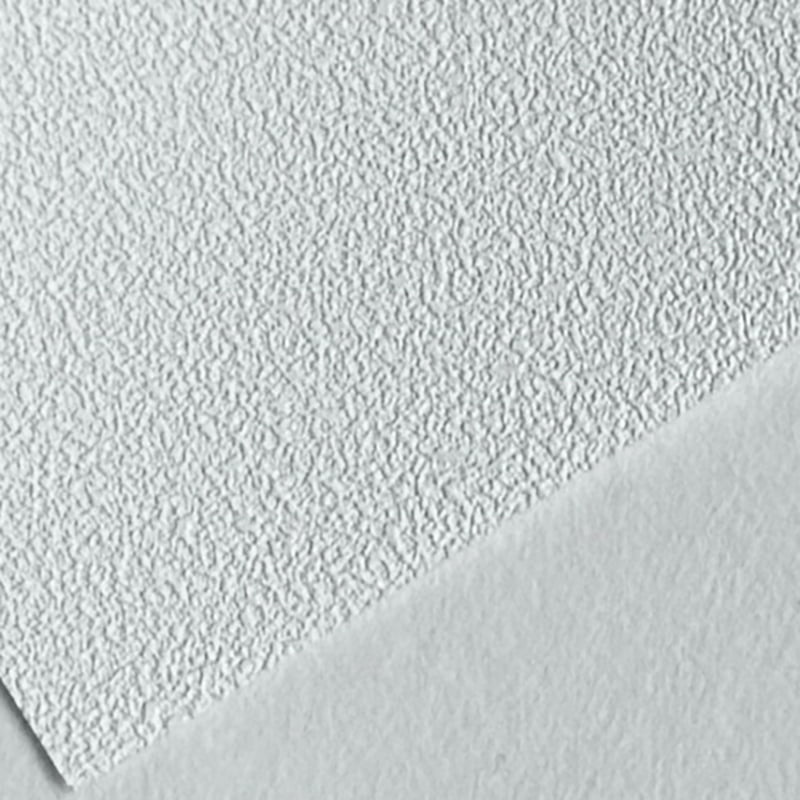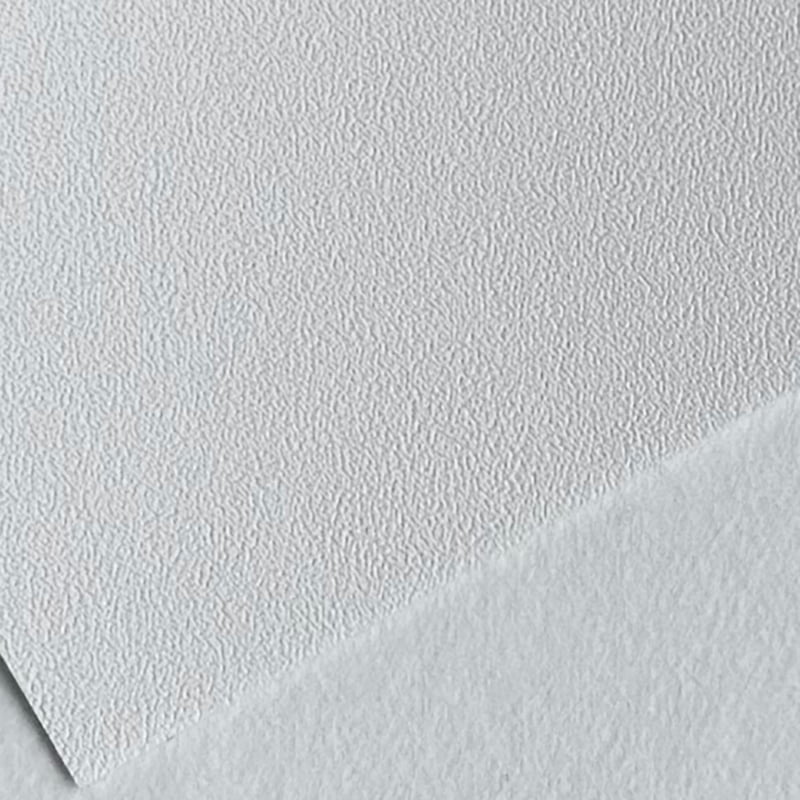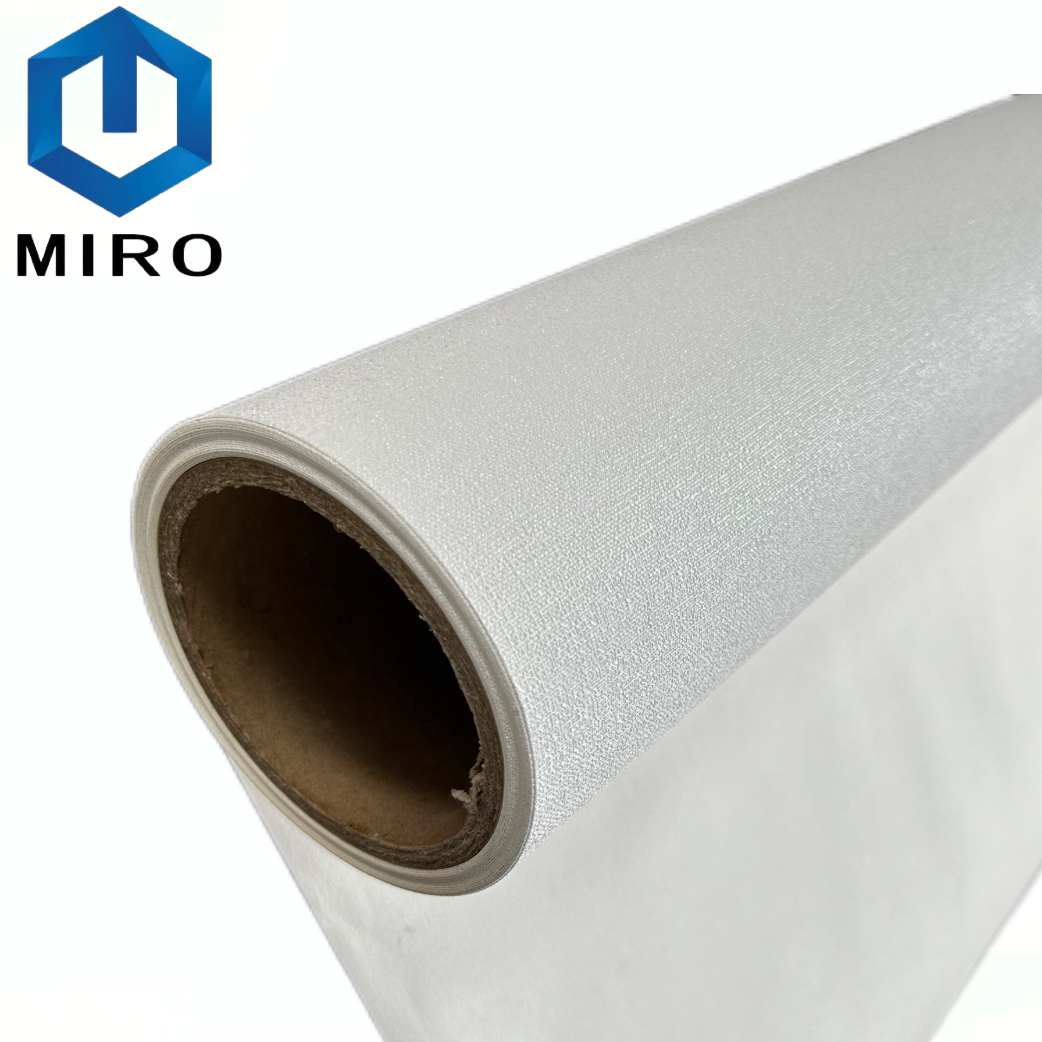In modern interior design, wall decoration is more than just a way to cover up plain walls; it's also a crucial element that reflects the style and quality of a space. With the growing demand for high-quality, environmentally friendly, and personalized wall coverings in both residential and commercial spaces, textured latex coating wallcovering is gradually becoming a focus of industry attention.
Material Characteristics: Dual Guarantee of Environmental Protection and Durability
The core advantage of textured latex coating wallpaper lies in its latex coating technology. This latex coating forms a tough yet flexible protective film over the original wallpaper, enhancing the wallpaper's wear and tear resistance while also enhancing the wall's water and stain resistance. Compared to traditional wallpaper, this type of wallpaper is easier to clean and maintain during daily use and has less impact on the wall's breathability.
Environmentally friendly, latex coatings are primarily made of water-based latex, which contains no harmful volatile organic compounds (VOCs) and meets international green environmental standards. This is particularly important for homes and high-end commercial projects that prioritize healthy living spaces. Furthermore, the production process of textured latex-coated wallpaper allows for low energy consumption and highly efficient process control, giving the overall product a competitive advantage in both environmental and economic terms.

Construction Process: Detailed Treatment for High-Quality Wallcovering
Compared to ordinary wallpaper, textured latex coating wallcovering requires more stringent construction requirements. Pre-construction wall preparation is crucial, including wall flatness, moisture control, and even application of primer. The thickness and texture of the latex coating require precise adjustment using specialized tools to ensure the visual and tactile quality of the final wall.
Careful treatment of gaps and corners during construction is also crucial. Textured latex-coated wallpaper allows for seamless connections through meticulous splicing techniques, eliminating noticeable seams or bubbling. This construction process not only enhances the overall aesthetics of the wall but also extends the lifespan of the wallpaper, ensuring that interior spaces maintain a high-quality feel even after extended use.
Design Applications: From Visual Aesthetics to Spatial Function
Textured latex coating wallcovering offers significant flexibility in design applications. Its rich textures can simulate a variety of materials, such as stone, wood, fabric, or metal, providing diverse creative possibilities for interior design. By combining color, texture, and light and shadow, designers can create wall surfaces with a sense of layering and three-dimensionality, making the space more visually vivid.
In commercial spaces, textured latex-coated wallpaper not only meets decorative needs but also enhances brand image and ambiance. For example, in high-end hotel lobbies, office spaces, or restaurants, carefully selected textures and colors can effectively enhance the space's sense of class and comfort. Homes also benefit from this material, creating a warm, elegant, or modern living environment through partial or full wall decoration.
Market Trends: The Future of Professional Wallpaper
As consumers demand higher-quality wallcovering, demand for textured latex coating wallcovering has grown annually. Its advantages lie in its combination of environmental performance, ease of installation, and design expression, making it a preferred material for modern high-end residential and commercial spaces. At the same time, wallpaper manufacturers continue to introduce innovative new textures, colors, and functional features, such as fire-resistant, mildew-resistant, and antibacterial coatings, further expanding market applications.

In the future, the wallpaper industry will place greater emphasis on intelligent and personalized development. Textured latex-coated wallpaper can be combined with digital printing technology to create customized patterns and unique textures, transforming every wall into a unique work of art. Furthermore, rising environmental and health standards will drive continuous optimization of latex coating material formulations and processes, propelling the entire industry towards higher-quality, sustainable development.
Overall, textured latex-coated wallpaper not only offers significant advantages in material performance but also demonstrates broad prospects in construction techniques, design applications, and market trends. For designers, renovation companies, and end consumers seeking high-quality wall coverings, choosing this type of wallpaper not only enhances the visual and tactile experience of their space, but also meets the diverse needs of environmental protection, durability, and personalization.
As the wall decoration industry evolves towards specialization and high-end development, textured latex-coated wallpaper will undoubtedly become a key future trend in wall coverings. Through reasonable design and construction, it can upgrade ordinary walls into high-quality spaces that are both aesthetically pleasing and functional, injecting new vitality into modern interior design.

 中文简体
中文简体 English
English русский
русский Español
Español عربى
عربى











